Tech
Ricoh GR III HDF Review: Pocket-Sized, Diffused Nostalgia
Ricoh has experienced much success in the compact digital camera market with its GR series. Drawing on a lengthy heritage of its GR 35mm film cameras, the latest digital version is the popular GR III, and within that, is the GR III HDF.
The major change with the $1,067 GR III HDF version versus the original GR III (or its many iterations) is the replacement of the standard 2-stop ND filter assembly with a pro-grade diffusion filter instead. Otherwise, the GR III HDF is relatively unchanged but I will highlight some of the small tweaks involved.
Ricoh GR III HDF: How it Handles
The GR III is the epitome of the capable pocket camera that is even smaller than its main competitor, the Fujifilm X100 series. At its heart, we have a venerable 24-megapixel APS-C-sized sensor mated to a very sharp 28mm full-frame equivalent field of view lens. It gathers enough light with a maximum f/2.8 aperture and takes perfectly lovely images, even if the sensor is getting a little long in the tooth.
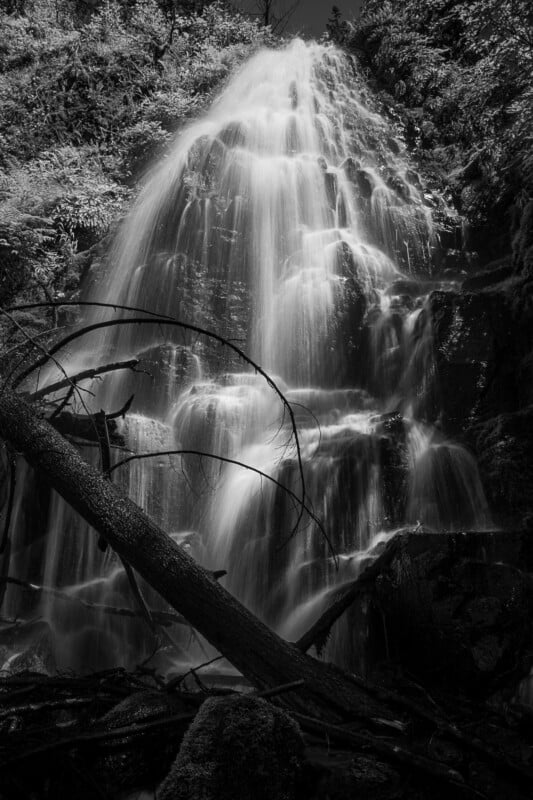
Despite its diminutive proportions, the Ricoh GR III has nice manual control dials and enough customization to please more advanced photographers. New for the HDF version is a change in the color of the shutter button, which now sports a gunmetal finish instead of basic black. The menus are functional but not necessarily laid out in the most intuitive way and there is still no change to the back panel display. The GR III HDF still has the same 3-axis IBIS as the other GR III cameras and the same 2GB of in-camera memory as a handy backup in case of card failure or forgetfulness.

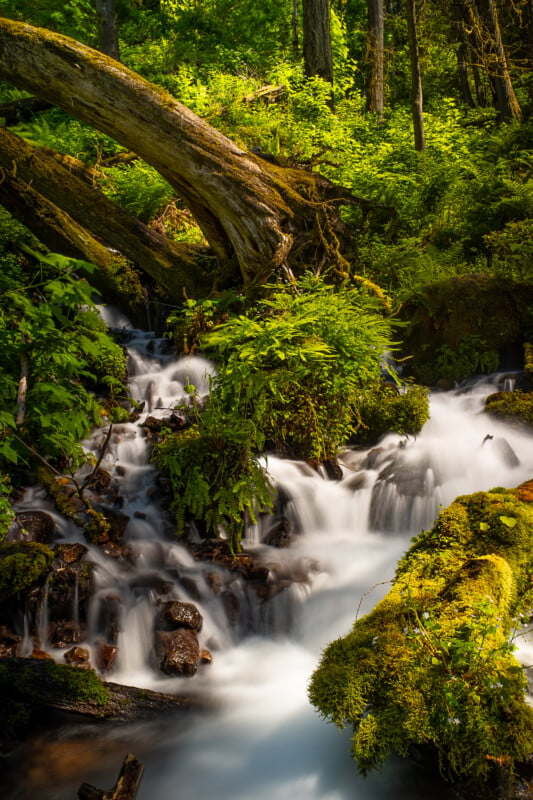
I have to say that autofocus performance is still unimproved and a little on the slow side. Single autofocusing is decent and the GR III HDF still has the preset distance Snap-In focus feature which is quick on the street when focusing accuracy isn’t as critical. It’s the continuous tracking AF that still struggles to keep up with the action but overall the GR III cameras focus well enough for most situations. I do find the GR III cameras to start up very quickly which is perfect when a fast grab shot is needed.


The HDF version brings two new options in camera, although these features will be coming to the other cameras in the lineup shortly. First, is a zone focusing autofocus mode whereby the user can move around a larger AF box to drive the camera to focus in a general area. The second is the ability to now customize up to three white balance settings complete with changes to color temperature and color tone. You can still customize any of the preset white balance settings as well.

In terms of video, the GR III is still, sadly, behind any other cameras with 1080p60 video being the most demanding format available. A video camera this is not, and I would venture to say that the GR III is not only firmly aimed at the stills photographer but also sorely in need of updating.
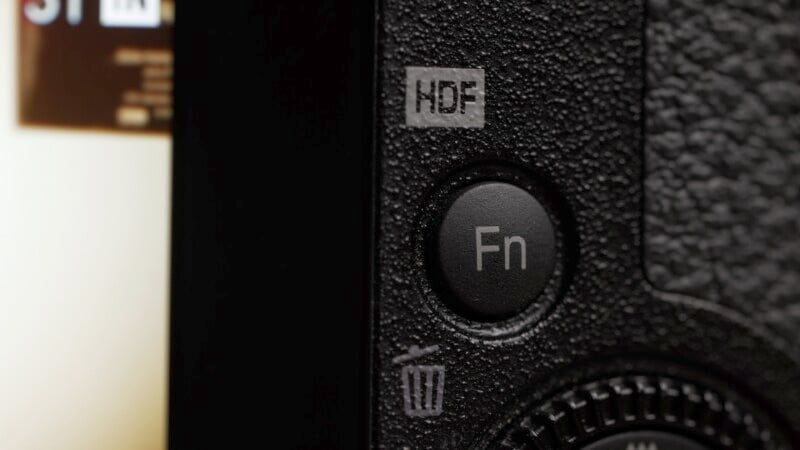
Ricoh GR III HDF: Is the HDF Filter Trendy, or Corny?
The GR III HDF is going to shoot almost exactly the same as the original GR III camera save for one major change, and that is to the built-in filter assembly. The standard GR III has a built-in 2-stop ND filter which is born out of necessity more than it is creativity since it has a maximum shutter speed of 1/2,500 second which can create issues with overexposure on bright days. The ND filter allows you to shoot at f/2.8 without issues on the sunniest of days. Beyond that, two stops are of limited use creatively and I would go to a filter adapter with stronger ND filters if I were shooting landscape, for example.
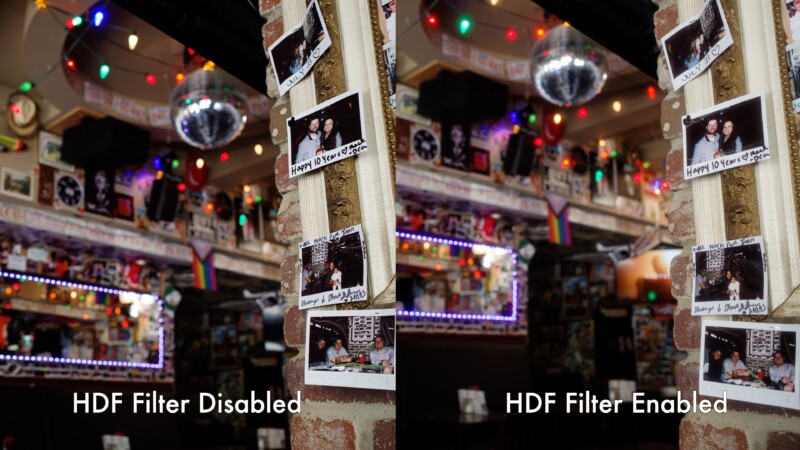

What the HDF camera adds instead is a diffusion filter that harkens back to the soft focus look of photographs from my childhood; think dreamy wedding portraits or ephemeral landscapes with a healthy dose of 80s nostalgia.
I have to admit, I liked the look of some of the sunny garden shots and interior locations. Any bright specular highlights will take on a soft glow and highlights will tend to blow out a little. Skin will be a little softer and overall contrast will go down a bit. It’s a fun look for the occasional shot and Ricoh is banking on the fact that enough people will enjoy it to justify the camera’s existence. The presence of the HDF filter also means that the camera cannot be used in bright situations without using a darker aperture or adding additional ND filtration. Conversely, one could use a standard Ricoh GR III and add on a diffusion filter to get essentially the same look as the HDF.
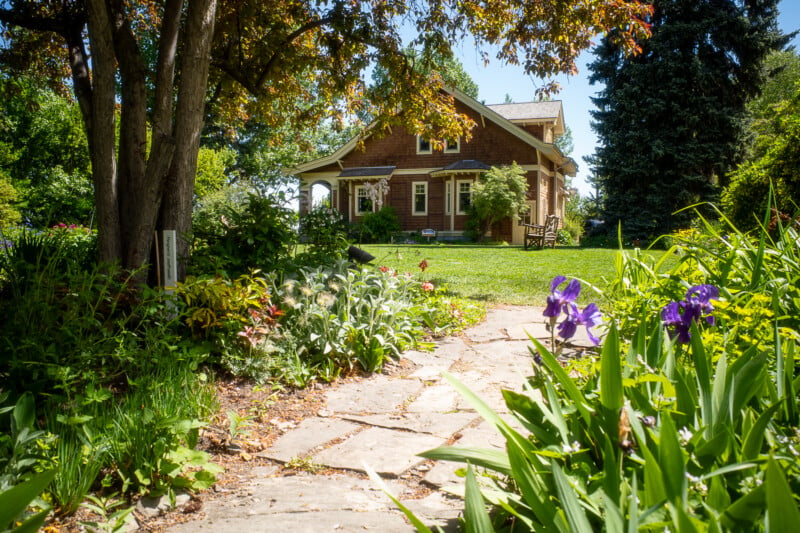
A Fine New Feature, But A GR IV Would Be Preferable
I had to ask myself if the convenience of having the HDF handy was worth losing the ability to shoot at f/2.8 out in the sun. I’ve come to the conclusion that the diffusion look is fun for the odd shot but is probably something I would use less and less over time. And yes, you can add a diffusion look in post with many different editing programs.
As much as I enjoy the compact GR III camera in general, the updates to the autofocus and white balance are very minor and I feel like it’s time for a GR IV with more substantial boosts to performance. Regardless, the GR III is insanely popular right now and production cannot satisfy the demand, so whether you like the new HDF version or not, Ricoh is going to be just fine.

Are There Alternatives?
The Fujifilm X100 V or X100VI would be the contemporary alternative choice for the GR III, but carries with it the same problem: they’re almost impossible to get right now. The Fujifilm line is bulkier but has a more modern selection of sensors and has way better video capabilities. The f/2 lens is brighter and the Fujifilm cameras have better autofocus performance, too, but the price is likewise significantly higher.
Should You Buy It?
Maybe. The only people buying the HDF version will be the few who find the diffused look really appealing or someone who wants a GR III — any GR III — and is willing to compromise the ND filter.


)






